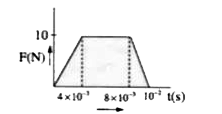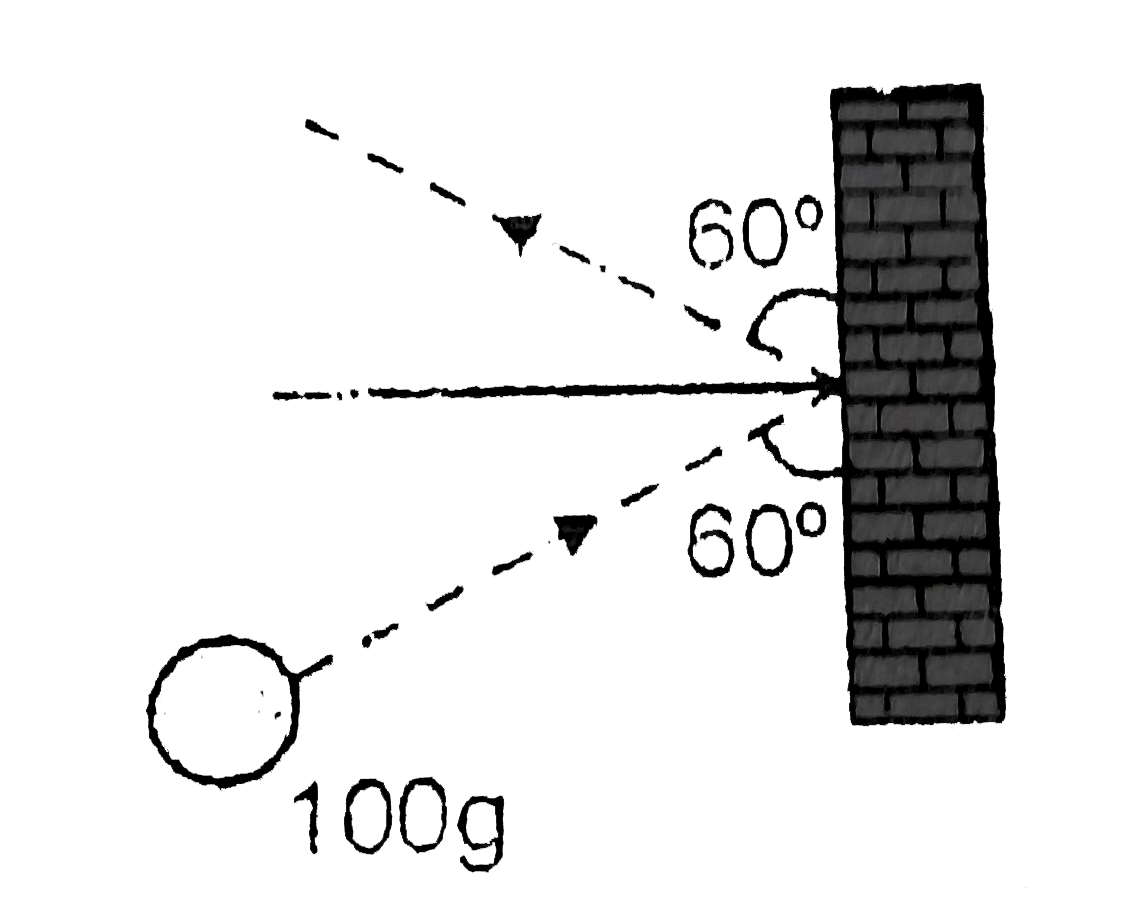
If 30 g of dough is taken will its mass change after applying force?
Step by step video & image solution for If 30 g of dough is taken will its mass change after applying force? by Physics experts to help you in doubts & scoring excellent marks in Class 6 exams.
Topper's Solved these Questions
- BOOK - ICSECHAPTER - FORCEEXERCISE - Questions2videos
FORCE
- BOOK - ICSECHAPTER - FORCEEXERCISE - Exercises (Section I) Name the following5videos
FORCE
- BOOK - ICSECHAPTER - ENERGY EXERCISE - Picture Based Questions9videos
ENERGY
- BOOK - ICSECHAPTER - LIGHTEXERCISE - Picture Based Questions21videos
LIGHT
Similar Questions
A ball of mass 0.2 kg is thrown vertically upwards by applying a force by hand. If the hand moves 0.2 m while applying the force and the ball goes upto 2 m height further, find the magnitude of the force. (Consider g=10m/s2).
View SolutionA ball of mass 0.2 kg is thrown vertically upwards by applying a force by hand. If the hand moves 0.2 m while applying the force and the ball goes upto 2 m height further, find the magnitude of the force. (Consider g=10m/s2).
View SolutionSTATEMENT - 1 : A monkey climbing down a massless rope with magnitudes of acceleration lesses than his weight is applying force onrope lesser than its weight .
and
STATEMENT -2 : Force applied a body equals product of its mass and its acceleration .View SolutionFind out the work done when a force of 30 N displaces a body through 8 m in the direction of the applied force.
View SolutionA hollow sphere of mass 1 kg and radius 10 cm is free to rotate about its diameter. If a force of 30 N is applied tangentially to it, its angular acceleration is (in rad/s2)
View SolutionA force exerts an impulse I on a particle changing its speed from u to 2u. The applied force and the initial velocity are oppositely directed along the same line. The work done by the force is
View SolutionA particle of mass 70 g, moving at 50 cm/s , is acted upon by a variable force opposite to its direction of motion. The force F is shown as a function of time t

(a) its speed will be 50 cm/s after the force stops acting
(b) its direction of motion will reverse
(c) its average acceleration will be 1m/s2 during the interval in which the force acts
its average acceleration will be 10m/s2 during the interval in which the force actsView SolutionConsider a wire of length l, area of cross section A, and resistivity ρ with resistance 10Ω. Its length is increased by applying a force, and it becomes four times of its original value. Find the changed resistance of the wire.
View SolutionA mass of 100 g strikes the wall with speed 5m/s at an angle as shown in figure and it rebounds with the same speed it the contact time is 2×10−3sec. What is the force applied on the mass by the wall :
 View Solution
View SolutionA body of mass 5 kg starts from the origin with an intial with an intial velocity →u=30ˆi+40ˆj. . If the body collides with a wall and after collision its velocity becomes→v=−30ˆi+40ˆj, then what is change in momentum of body ?
View Solution

